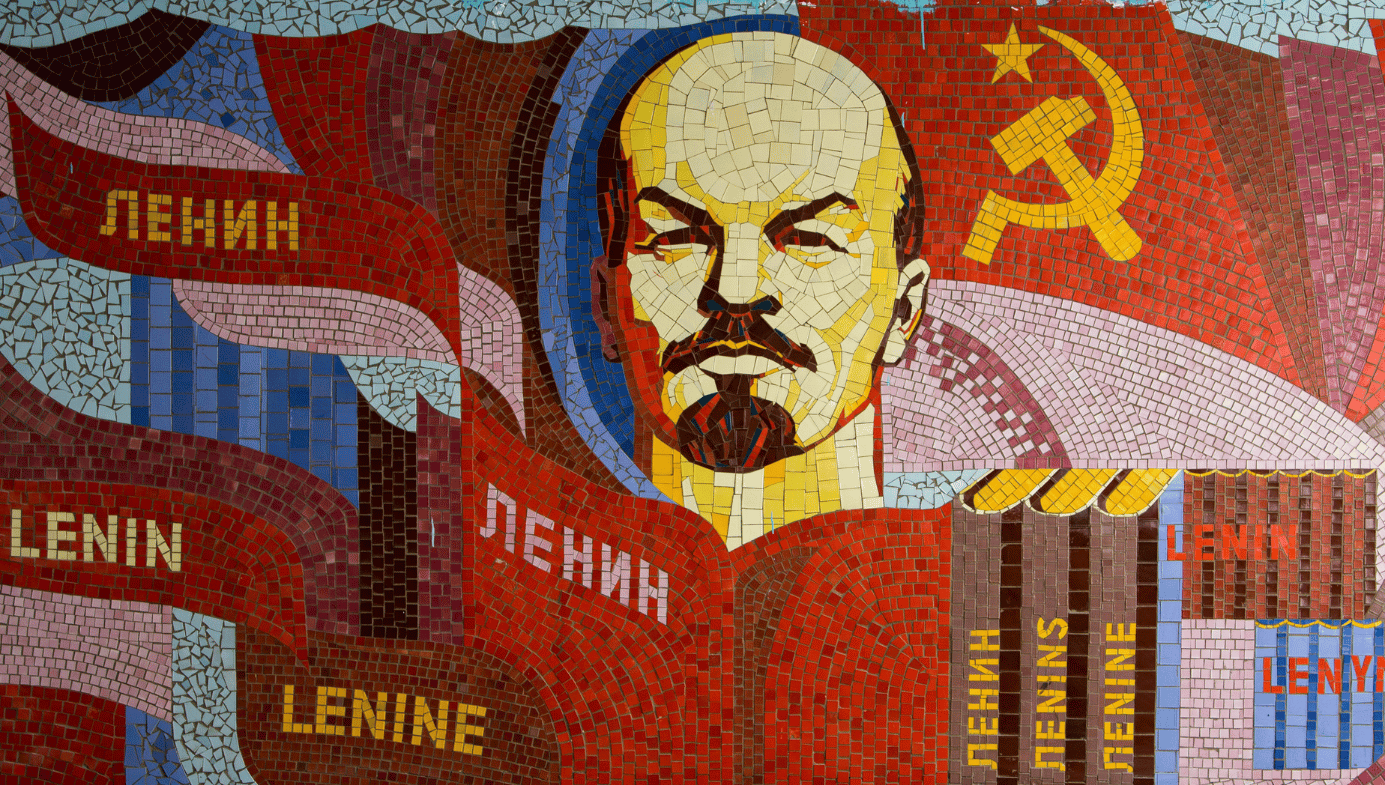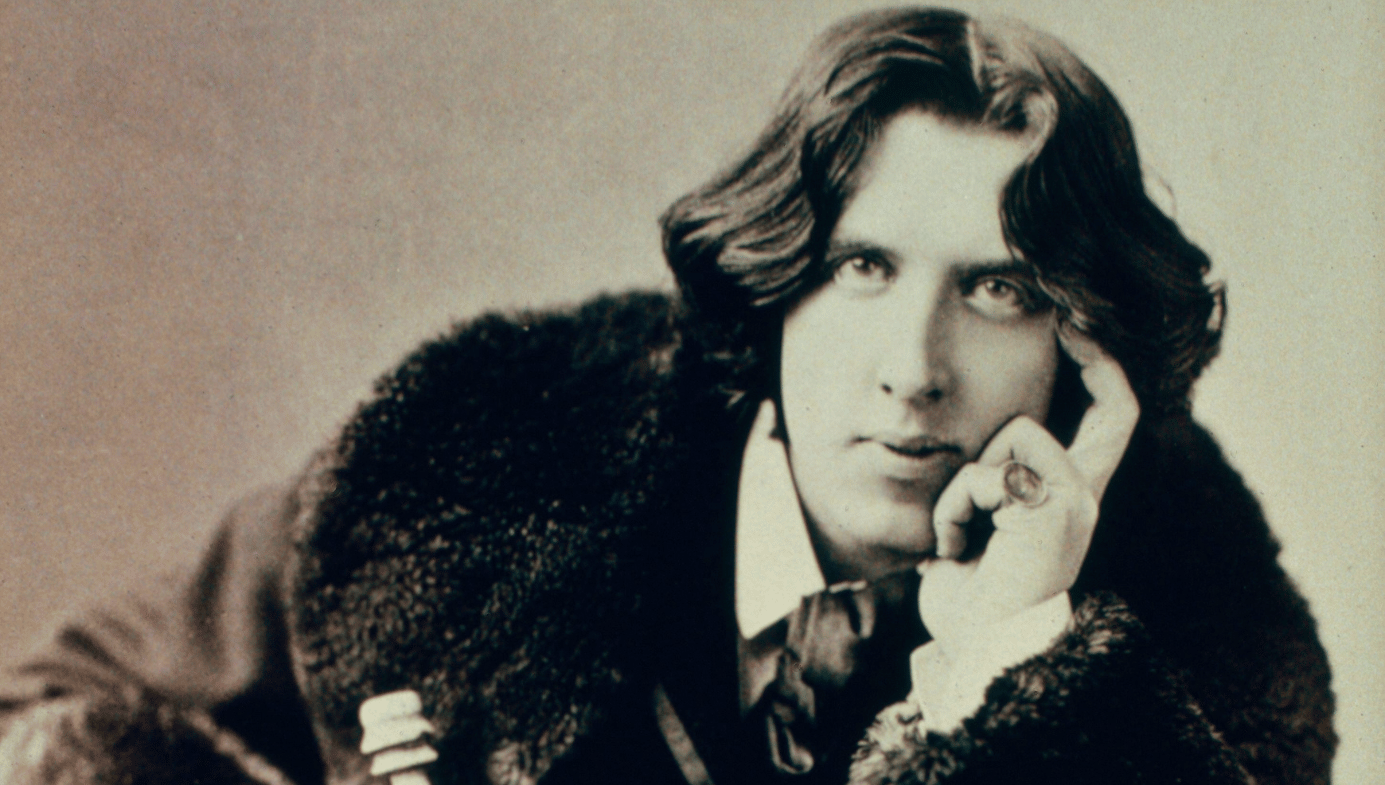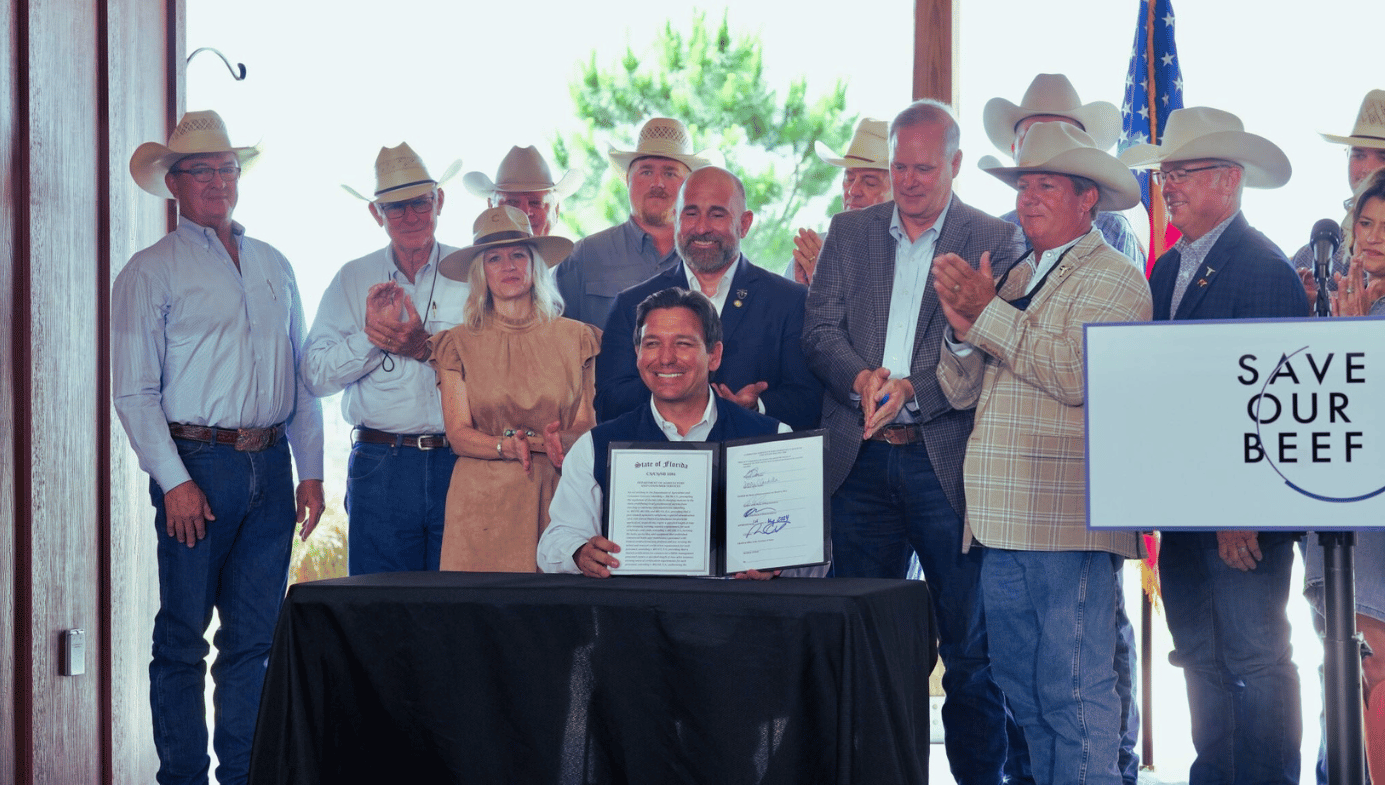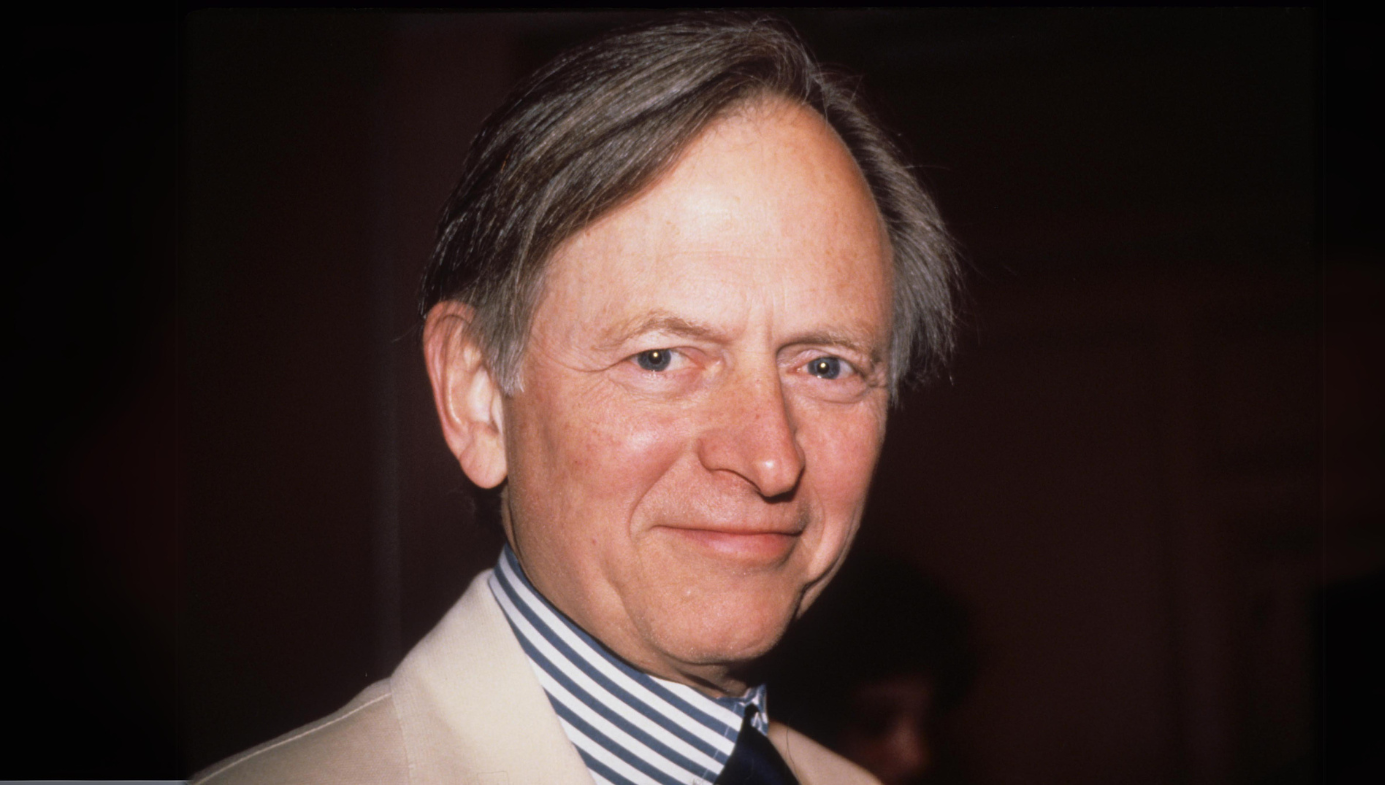Motorpsycho Nightmare
Robert Pirsig’s insufferable cult novel about philosophy and bike maintenance turns 50.
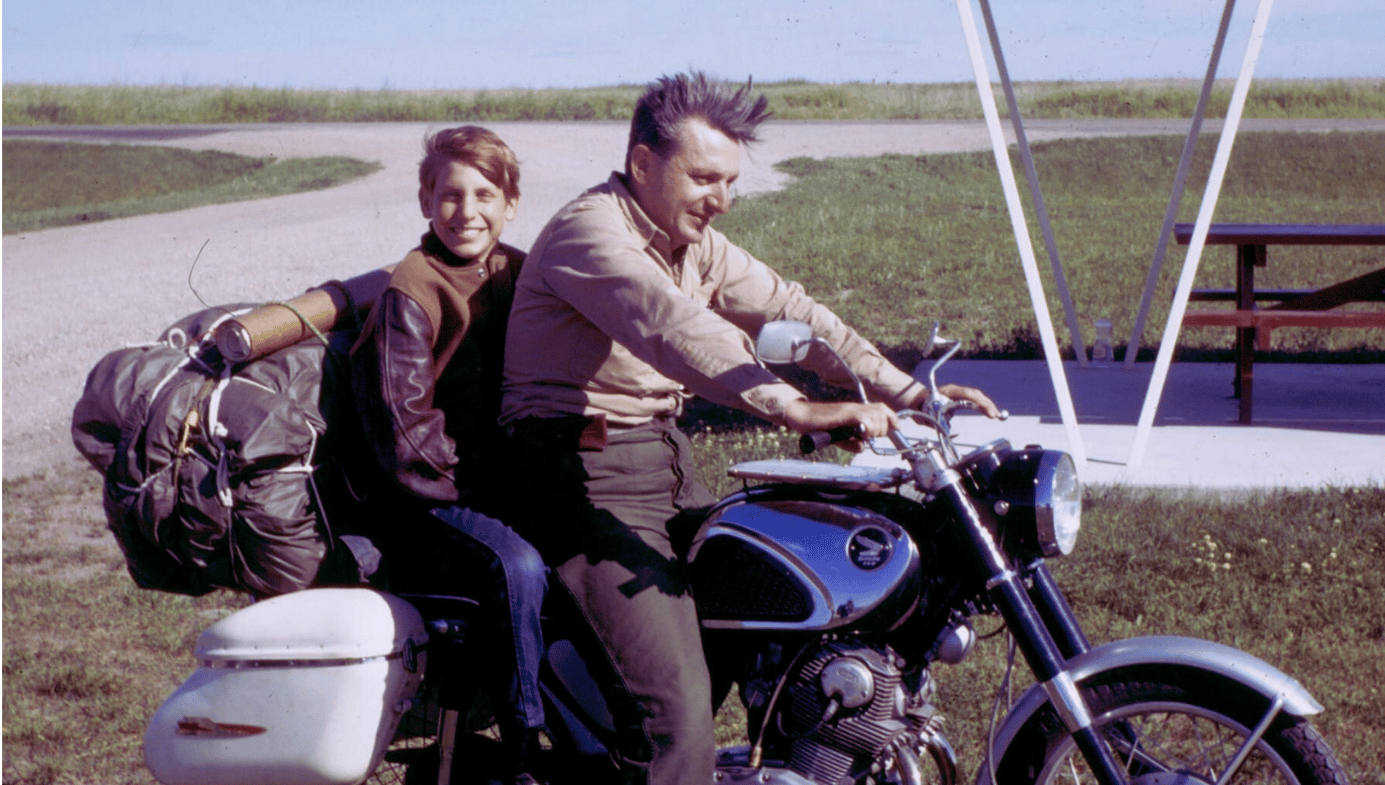
Fifty years ago, in 1974, William Morrow and Company published Zen and the Art of Motorcycle Maintenance by Robert Pirsig, and it has since become America’s all-time bestselling philosophical work. The book is a lightly fictionalized account of Pirsig’s own life, and he uses a 17-day motorcycle trip as a sort of framing device for the whole thing. The book was marketed as nonfiction, and it is basically a true story.
I didn’t read it when it first came out because, at 16, I wasn’t especially interested in either nonfiction books or philosophy. Later, in the 1980s and ’90s, people began referring to the book as “philosophical fiction” or as an “autobiographical novel,” and both terms now appear in the book’s Wikipedia entry. Even before the end of the 1970s, it had already become a publishing phenomenon and cultural touchstone. By the 1980s, you couldn’t walk into an American bookstore without seeing a pile of copies, usually stacked next to Tom Robbins’s Even Cowgirls Get the Blues (published two years later) or Hunter S. Thompson’s Fear and Loathing in Las Vegas (published three years earlier), two other road-trip books popular with countercultural readers of that era.
Its popularity endures even today. On Amazon.com’s Kindle store, the book is listed as the third bestselling work on Zen philosophy and the third bestselling travelogue. I finally bought a used paperback copy in the 1990s, but I did not get around to reading it until recently, as the book approached its 50th birthday.
In the late 1960s, Pirsig and his 11-year-old son Chris set out on a Honda CB77 motorcycle for a trip that would take them from Minneapolis to the San Francisco Bay Area. For the first nine days of the trip, they were accompanied by a married couple, John and Sylvia Sutherland, who were riding a BMW motorcycle. The trip would take them across the central plains into the Dakotas and then Montana, before veering south towards California.
The trip isn’t very interesting—it produces a lot of bickering but almost no drama. The foursome rarely has any significant interaction with other people, and they can’t talk much among themselves by day because the motorcycles’ engines don’t allow for it. Most of the communication occurs at night, when all four riders are usually tired, out of sorts, and plagued by various camping woes—cold weather, hot weather, rain, difficulty preparing food, etc. If the novel consisted solely of a narrative of this road trip it would comprise fewer than 100 pages and would probably never have been published.
The bulk of the novel consists of long segments that read like the classroom lectures of a smug but highly intelligent philosophy professor. Pirsig refers to these lectures as Chautauquas that focus on questions of values. Indeed, the book is subtitled “An Inquiry into Values,” but the cover of nearly every edition of the book displays this subtitle in extremely small type. Some editions elide the subtitle altogether. The book’s publishers clearly know that few ordinary readers are interested in philosophical tracts. In American editions, the cover is usually illustrated with an open-ended wrench, emphasizing the motorcycle maintenance aspect of the book. The beautiful Bodley Head edition features a toga-garbed philosopher leaning against a motorcycle. No edition of the book features a university lecturer standing at a dais, but that is what the experience of reading the book feels like.
I can’t comment on the profundity of these philosophical lectures because I know very little about philosophy. Most of them struck me as dry and not intended for a general audience, but the book’s enormous popularity suggests I am wrong about that. Clearly the book struck a chord with plenty of people who weren’t philosophy majors in college. And, in fact, the term Chautauqua refers to an American social movement of the late 19th and early 20th centuries that fostered gatherings of ordinary people where professional speakers and entertainers brought culture to the masses in a highly accessible fashion (Elvis Presley’s penultimate film, The Trouble With Girls, was based on a novel called Chautauqua and dramatized the phenomenon).
Whenever I’ve read about actual Chautauquas, they have always sounded wildly entertaining. In America, vaudeville and the Chautauqua were competing forms of entertainment and had a lot in common. But consider this sample excerpt from one of Pirsig’s Chautauquas:
“Substance” and “substantive” really corresponded to “object” and “objectivity,” which he’d rejected in order to arrive at a nondualistic concept of Quality. When everything is divided up into substance and method, just as when everything is divided up into subject and object, there’s really no room for Quality at all. His thesis could not be a part of a substantive field, because to accept a split into substantive and methodological was to deny the existence of Quality. If Quality was going to stay, the concept of substance and method would have to go.
That probably makes a great deal of sense to philosophers, but is it entertaining? To be fair, at least some of Pirsig’s observations about life are accessible and even helpful:
One solution to boredom on certain kinds of jobs such as greasing and oil changing and tuning is to turn them into a kind of ritual. There’s an esthetic to doing things that are unfamiliar and another esthetic to doing things that are familiar. I have heard that there are two kinds of welders: production welders, who don’t like tricky setups and enjoy doing the same thing over and over again; and maintenance welders, who hate it when they have to do the same job twice. The advice was that if you hire a welder make sure which kind he is, because they’re not interchangeable. I’m in that latter class, and that’s probably why I enjoy troubleshooting more than most and dislike cleaning more than most. But I can do both when I have to and so can anyone else. When cleaning I do it the way people go to church—not so much to discover anything new, although I’m alert for new things, but mainly to reacquaint myself with the familiar. It’s nice sometimes to go over familiar paths.
Had I encountered that paragraph in a self-help book, I’d have felt I was getting my money’s worth. But in a novel—even a philosophical or autobiographical one—I find my interest beginning to wane.
Because the novel has for so long been associated with the counterculture of the 1960s and ’70s that produced the hippies and the New Agers, I assumed that it was rife with radical leftwing sentiment. But the book can’t easily be categorized as conservative or liberal. For a start, it is a celebration of technology, and not just motorcycle technology. Pirsig comments favorably on computer technology at several points. “The Buddha, or Godhead,” he tells us, “resides quite as comfortably in the circuits of a digital computer or the gears of a cycle transmission as he does at the top of a mountain or in the petals of a flower.” The book was published when Steve Jobs and Steve Wozniak were working on the first Apple computer, Apple I, which would become commercially available two years later, in 1976. And it seems to tap into the same spirit of boundless optimism about technology and entrepreneurship that fueled the two Steves’ early work.
Back in the ’60s and ’70s, many hippies were involved in a back-to-the-land movement that celebrated communal farming and rural living. Many liberals associated city living with everything that had gone wrong with the world. “The Family of Man,” a hit song by Three Dog Night (written by Paul Williams and Jack Conrad), expressed the way that a lot of young Baby Boomers felt about technology and urbanization back in the 1970s. The opening lyric is:
This tired city was somebody’s dream,
Billboard horizons as black as they seem,
Four-level highways across the land,
We’re building a home for the family of man.
The song concludes:
Factories built where the rivers ran,
And time running out for the family of man.
This criticism of factories and cities might seem antithetical to Pirsig’s celebration of technology but it isn’t. The book celebrates wide-open spaces and rural living and self-sufficiency as enthusiastically as it celebrates machines and techno-progress. It also condemns city life as soulless and dreary. If this sounds schizophrenic, well, consider the source. But nowadays it is generally the Left that celebrates city living and urges town planners to make American cities even more dense. (Curiously, Ecotopia, Ernest Callenbach’s cult novel/environmental manifesto, published a few months after Pirsig’s book, anticipated this development.)
As a political moderate, I have no idea what today’s Right or Left would make of Zen and the Art of Motorcycle Maintenance. Both would probably find plenty to dislike, but the book’s political ambiguity is one of its few virtues. And its continued popularity (more than 10,000 reader reviews at Goodreads.com in all languages) in an era when the leftwing Ecotopia has been largely forgotten (fewer than 700 Goodreads reviews), suggests that plenty of Americans don’t much care about binary political choices.
Many of Pirsig’s philosophical excursions concern someone named Phaedrus, whom I assumed to be an ancient Greek. There was indeed an ancient Greek aristocrat and philosopher named Phaedrus (a participant in one of Plato’s Socratic dialogues), but that isn’t who Pirsig is referencing here, at least not directly. Born in 1928, Pirsig was a precocious child, reported to have scored 170 on a Stanford-Binet IQ test at the age of nine. His father was a highly accomplished legal scholar, the author of numerous works, and for a time, a justice on the Minnesota Supreme Court. Pirsig grew up in a highly intellectual atmosphere. During his early school years, he skipped several grades and graduated from high school at the age of 14. He went on to become a professor at the University of Montana, and later, the University of Illinois. He married and had two children (the first of these, Chris, was born in 1956).
But in the late 1950s, he suffered a serious mental breakdown and was diagnosed with schizophrenia. From 1961 to 1963, he was institutionalized and given electroconvulsive therapy. He seems to have emerged from the experience a very different man. He christened his pre-breakdown persona “Phaedrus,” and it is his post-breakdown self, never identified by name, who narrates the book. The reader doesn’t learn this right away, and the gradual disclosure that Phaedrus and the narrator are the same person is probably the book’s chief literary accomplishment.
For most of the book, Pirsig sounds like a narcissist—self-absorbed and frequently critical of his traveling companions John and Sylvia. For instance, the narrator and John disagree about:
how much one should maintain one’s own motorcycle. It seems natural and normal to me to make use of the small tool kits and instruction booklets supplied with each machine, and keep it tuned and adjusted myself. John demurs. He prefers to let a competent mechanic take care of these things so that they are done right.
Both these philosophies strike me as reasonable (although, being mechanically inept, I favor John’s), but Pirsig refuses to accept any opinion other than his own:
And the more I probe and push on the subject of cycle maintenance the more irritated he gets, and of course that makes me want to probe and push all the more. … I could preach the practical value and worth of motorcycle maintenance till I’m hoarse and it wouldn’t make a dent in him. After two sentences on the subject his eyes go completely glassy and he changes the subject or just looks away. He doesn’t want to hear about it.
In a more self-aware novel, this passage would be intended to illustrate a flaw in the narrator’s character. Here, Pirsig evidently intends it to be an illustration of a flaw in John’s character.
Pirsig will also occasionally pat himself on the back for doing something fairly commonplace. “I don’t know of any other cyclist who takes books with him,” he writes. “They take a lot of space, but I have three of them here anyway, with some loose sheets of paper in them for writing.” But the literate motorcycle rider was a cliché long before Pirsig got around to embracing it. Che Guevara traveled 8,000 miles across parts of South America in 1952, and kept a journal (later published as The Motorcycle Diaries) of what he saw and did and read during his trek. In 1969 and 1970, NBC aired a TV series called Then Came Bronson about a peripatetic motorcyclist who left a career in journalism for a life on the road. His adventures entangle him with a reclusive novelist (played by James Whitmore), a retired pressman (Will Geer), a newspaper publisher (John Colicos), and various other intellectual types. Pirsig seems to have been especially inspired by the main character (played by Michael Parks), who is both literate and takes pride in maintaining his motorcycle (a Harley-Davidson Sportster).
As for those three books he’s traveling with, one is the operator’s manual for his motorcycle and another is Chilton’s Motorcycle Troubleshooting Guide. The only work of literature he carries with him is Henry David Thoreau’s Walden, a book that nearly every hippie traveler in America had stuffed inside his backpack in the late 1960s. Other popular backpack titles of the era were The Prophet by Kahil Gibran, The Teachings of Don Juan by Carlos Castaneda, The Catcher in the Rye by J.D. Salinger, On the Road by Jack Kerouac, Steppenwolf by Herman Hesse, and Stranger in a Strange Land by Robert A. Heinlein.

By the end of the 1970s, Zen and the Art of Motorcycle Maintenance would not only join the company of these, it would supplant several of them. The Teachings of Don Juan, for instance, has been discredited as anthropology and has fewer than a tenth as many Amazon reviews as Zen. The Prophet is still… profitable, but it has been so widely parodied that even old hippies are probably embarrassed by it these days. Siddhartha is still popular but doesn’t appear to sell as well as Zen. Salinger, Kerouac, and Heinlein, on the other hand, have nothing to fear from Pirsig, because their books succeed as novels and not just as lifestyle guides.
Pirsig, a city-dweller, is also pleased to have confined his motorcycle trips mainly to rural back roads, noting that, “nothing could keep us off these roads, weekends, evenings, vacations. We have become real secondary-road motorcycle buffs and found there are things you learn as you go.” He loves knowing that he is on “a secondary route that only the local people use.” But the highways he despises were built to take the stress off those small local roads. And I doubt that those country-dwellers he sentimentalizes appreciated all the big-city motorcyclists who traveled their byways. He claims to rarely see a highway, but he nonetheless feels free to characterize the motorists who use them:
On Labor Day and Memorial Day weekends we travel for miles on these roads without seeing another vehicle, then cross a federal highway and look at cars strung bumper to bumper to the horizon. Scowling faces inside. Kids crying in the back seat. I keep wishing there were some way to tell them something but they scowl and appear to be in a hurry, and there isn’t…
When the foursome stops a little later at a roadside picnic area, Sylvia reiterates the narrator’s claim. Asked what is bothering her, she replies:
“It was all those people in the cars coming the other way. The first one looked so sad. And then the next one looked exactly the same way, and then the next one and the next one, they were all the same. … It’s just that they looked so lost. Like they were all dead. Like a funeral procession.”
Never mind that the people in a funeral procession generally aren’t dead, Pirsig tends to describe anyone who doesn’t share his opinions of things as sad or lost or soul-dead. He goes on and on about John’s lack of any technical ability at all (he can’t even fix a kitchen faucet!), so it comes as a surprise when he later tells us:
I guess I forgot to mention John is a musician, a drummer, who works with groups all over town and makes a pretty fair income from it. I suppose he just thinks about everything the way he thinks about drumming—which is to say he doesn’t really think about it at all. He just does it. … He will not or cannot believe there is anything in this world for which grooving is not the way to go. That’s the dimension he’s in. The groovy dimension.
Having once tried, and failed, to learn to play the drums, I can assure you it requires a high degree of technical proficiency (see the film Whiplash). I can also assure you that highly skilled drummers think about the process a lot, at least as much as motorcycle hobbyists think about engine repair or plumbers think about kitchen faucets. Even many professional motorcycle repairmen don’t measure up to Pirsig’s high standards. In fact, he claims to have mastered motorcycle maintenance primarily because he was dissatisfied with the work he’d seen done by professionals. At one point, he complains about a shop full of young motorcycle repairmen who don’t seem to take their work as seriously as he does:
The radio was a clue. You can’t really think hard about what you’re doing and listen to the radio at the same time. Maybe they didn’t see their job as having anything to do with hard thought, just wrench twiddling. If you can twiddle wrenches while listening to the radio, that’s more enjoyable. … But the biggest clue seemed to be their expressions. They were hard to explain. Good-natured, friendly, easygoing—and uninvolved. They were like spectators. You had the feeling they had just wandered in there themselves and somebody had handed them a wrench. There was no identification with the job. No saying, “I am a mechanic.” At five p.m. or whenever their eight hours were in, you knew they would cut it off and not have another thought about their work.
These young men work eight hours a day on motorcycles but because they listen to the radio, occasionally smile, and go home at five pm, they are not nearly as dedicated as they ought to be to the craft (or “art” as the book’s title has it) of motorcycle maintenance.
Philosophy is the systematic search for fundamental truths about Man and his place in the universe. I’m not sure that a philosopher like Pirsig—who is blinded by his high opinion of himself and apparently incapable of reading his fellow man with either charity or accuracy—is a trustworthy guide. Ordinary and completely understandable human reactions to common situations seem to baffle him.
On one particularly cold day, when John and Sylvia and Chris all want to sleep in until the temperature warms a bit, the narrator insists that they rise early and hit the highway. As they set out, he assures them that the nearest breakfast place is no more than half an hour ahead, but it actually takes them an hour to reach it. The temperature is in the 40s, but on a motorcycle traveling at 40 or 50 miles an hour, it would seem much colder, especially since it rained the previous day and their clothes are still wet.
When the foursome finally arrives at the restaurant, the narrator turns to John and Sylvia and enthuses about how “bracing” the drive was. “They just stare at me fish-eyed. … I try again. I’m walking backward in front of them toward the restaurant, feeling a little manic from the ride, wringing my hands and laughing. ‘Sylvia! Speak to me!’ Not a smile. I guess they really were cold.” After breakfast, “John says slowly and deliberately, ‘We’re not leaving here until it warms up.’ He has a sheriff-at-sundown tone in his voice, which I suppose makes it final. So John and Sylvia and Chris sit and stay warm in the lobby of the hotel adjoining the restaurant, while I go out for a walk. I guess they’re kind of mad at me for getting them up so early to ride through that kind of stuff.” It’s hard to escape the impression that Pirsig sees himself as the hero of this little escapade.
Although he doesn’t care much about people, he assures us that he cares a great deal about things, particularly things associated with motorcycles. At one point during the frigid ride to the restaurant, he looks down at his wristwatch to check the time and tells us:
The old glove above it looks like it’s got frost on it, but I guess it’s just residue from the soaking last night. Good old beat-up gloves. They are so stiff now from the cold I can hardly straighten my hand out. I talked yesterday about caring. I care about these moldy old riding gloves. I smile at them flying through the breeze beside me because they have been there for so many years and are so old and tired and so rotten there is something kind of humorous about them. … They cost only three dollars and have been restitched so many times it is getting impossible to repair them, yet I take a lot of time and pains to do it anyway because I can’t imagine any new pair taking their place.
Meanwhile, the 11-year-old boy sitting behind him on the motorcycle shivers, ignored in the freezing cold.
There aren’t many to choose from, but the book’s most sympathetic character is certainly Chris. Being the child of a narcissist is probably never easy. Being the child of a schizophrenic narcissist is probably much more challenging. The narrator subjects Chris to many long-winded observations about life, motorcycles, human nature, and so on. But, although he likes talking to Chris, he doesn’t like talking with him. Generally, when Chris asks him a question, his father just tries to shut him up. For instance, Chris is obsessed with ghosts, and he frequently asks to hear a ghost story when they are sitting around the campfire at night. The narrator has no interest in these, but fortunately John is more sympathetic. “You tell us some,” he says to Chris. So, Chris tells several ghost stories he heard at summer camp and seems to delight in them all.
At the end, he asks his father, “Do you believe in ghosts?” His father says, “No,” and Chris asks him why not. “Because they are un-sci-en-tif-ic. They contain no matter and have no energy and, therefore, according to the laws of science, do not exist except in people’s minds.” Philosophy, of course, does not exist except in people’s minds either, but that apparently didn’t prevent Pirsig from dedicating much of his life to it. His father’s skepticism doesn’t prevent Chris from asking him further questions about ghosts, usually at night, as they are lying side-by-side in their sleeping bags. In one such scene, Chris interrupts his father one last time after a long silence. “Dad?” he says. And his father responds, “This had better be the last question, Chris, or I am going to become angry.” Chris tells him, “I was just going to say you sure don’t talk like anyone else.” That is one of Chris’s main functions in the novel—to remind the reader of just what a unique thinker and speaker the narrator is.
Chris’s other main function is to annoy the narrator with his complaints about the cold, the inconvenience of outdoor living, the tediousness of long motorcycle trips, etc. At one point, the foursome stops at a service station in Hague, North Dakota, where the narrator changes the oil in his vehicle and lubricates the chain. “Chris watches everything I do but with some impatience,” he notes. “Not a good sign.”
“My eyes hurt,” he says.
“From what?”
“From the wind.”
“We’ll look for some goggles.”
I was gobsmacked by this passage. The narrator has been wearing goggles since the trip began back in Minneapolis. But only now, 400 miles into the journey, has it occurred to him to try to protect Chris’s eyes as well.
I found myself wishing I could learn more about Chris and John and Sylvia, but Pirsig never allows it. “I suppose if I were a novelist rather than a Chautauqua orator,” he writes, “I’d try to ‘develop the characters’ of John and Sylvia and Chris with action-packed scenes that would also reveal ‘inner meanings’ of Zen and maybe Art and maybe even Motorcycle Maintenance. That would be quite a novel, but for some reason I don’t feel quite up to it.” The reason, I suspect, is that he just doesn’t care about these people enough to try to understand them.
As the motorcycle journey wears on, Pirsig makes it clear that his Phaedrus persona is gradually returning and starting to reassert itself as the narrator’s dominant interior voice (this is another impressive literary achievement). This bodes ill for poor Chris, because Phaedrus is even more insufferable—more argumentative and (if possible) more full of himself—than what replaced him. Towards the end of the book, Chris seems to be very close to a mental breakdown of his own. He tells his father, “I just hate everything…I’m sorry I came…I hate this trip…I thought this was going to be fun, and it isn’t any fun…I am sorry I came.” The narrator notes, “He is a truth-teller, like Phaedrus. And like Phaedrus he looks at me with more and more hatred.”
The book concludes just a few pages later with father and son back on good terms. The narrator has managed to convince Chris that both of their lives are going to be better from now on. The final paragraph reads:
Trials never end, of course. Unhappiness and misfortune are bound to occur as long as people live, but there is a feeling now, that was not here before, and is not just on the surface of things, but penetrates all the way through: We’ve won it. It’s going to get better now. You can sort of tell these things.
In 1979, five years after the book’s publication, 22-year-old Chris Pirsig was stabbed to death in a mugging that occurred outside a San Francisco Zen meditation center. He lives on now only as a character in his father’s book. And not a very well-realized character either—something closer to a ghost.



